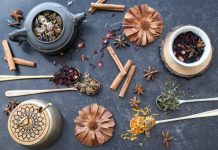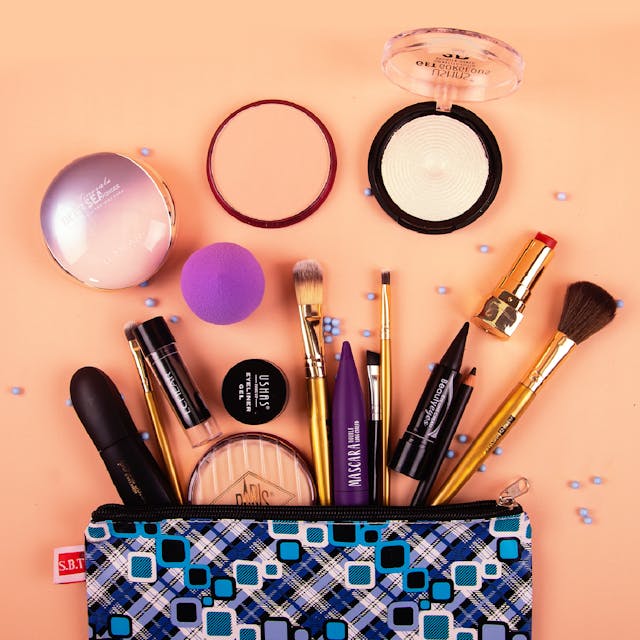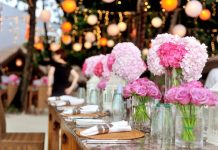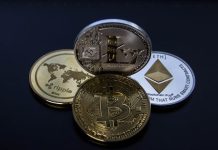Makeup has been an integral part of human culture for thousands of years, evolving through various eras and societies. Its origins reveal much about our history, social structures, and the ways in which we express identity and beauty. In this blog post, we’ll take a deep dive into the fascinating history of makeup, tracing its roots from ancient civilizations to modern practices.
Ancient Beginnings
1. Prehistoric Use:
Evidence suggests that humans used natural pigments for body decoration as far back as 100,000 years ago. Cave paintings and artifacts show that ochre, a natural clay pigment, was likely used for both aesthetic and ritualistic purposes.
2. Ancient Egypt:
The Egyptians are perhaps the most well-known early adopters of makeup. Both men and women used kohl to line their eyes, not only for aesthetic purposes but also for protection against the sun and infections. They used natural ingredients like malachite and galena to create vibrant colors. White powders were used to lighten skin tones.
Eyeshadow and eyeliner were often combined with religious symbolism, representing the divine protection of the gods.
3. Greece and Rome:
In ancient Greece, pale skin was a sign of wealth and status, as it indicated that one did not work in the fields. Women used white lead and chalk to achieve this look, along with natural pigments for blush and lip color.
The Romans adopted many Greek beauty practices, introducing more sophisticated techniques and a wider variety of products, including perfumes and ointments.
The ancient Romans prioritized soaps, perfumes and moisturizers to maintain their overall beauty. In the olden days even till today women were asked to shave off their body hair in order to maintain their beauty but makeup such as rouge (blush) were not accepted as they were mainly associated with sex workers.
The Middle Ages to the Renaissance
4. Middle Ages:
With the rise of Christianity, makeup became less favored in Europe, as it was often associated with sin and deception. However, women still sought ways to enhance their beauty, often using natural remedies like herbs and fruits.
5. Renaissance:
The Renaissance marked a resurgence of interest in beauty and art. Makeup became more acceptable again, with women using lead-based products for a pale complexion and rouge for their cheeks. The use of beauty patches (small pieces of fabric placed on the face) became a popular trend to cover blemishes and express individuality.
The 18th and 19th Centuries
6. 18th Century:
The lavish makeup styles of the French court became iconic, with heavy powders, rouge, and elaborate hairstyles. Women and men alike used cosmetics to express their status and sophistication. This period also saw the use of more harmful substances, like mercury in skin whitening creams, highlighting the dangerous lengths people would go to for beauty.
7. Victorian Era:
In contrast to the extravagance of the 18th century, the Victorian era promoted a more natural look, though makeup was still used discreetly. Women favored products like rice powder for the face and berry juices for tinting lips.
The 20th Century: The Rise of Commercial Makeup
8. Early 20th Century:
The industrial revolution led to the mass production of makeup. Brands like Max Factor and Elizabeth Arden emerged, bringing cosmetics to a wider audience. The Hollywood glamour of the 1920s and 1930s popularized bold lipstick and dramatic eye makeup, making cosmetics an essential part of everyday life for many women.
9. Mid to Late 20th Century:
The feminist movements of the 1960s and 1970s challenged traditional beauty standards, leading to a more diverse representation of beauty in cosmetics. The 1980s embraced vibrant colors and bold styles, while the 1990s saw a shift towards minimalism and a more natural aesthetic.
The 21st Century: Diversity and Innovation
10. Modern Makeup Culture:
Today, makeup is celebrated as a form of self-expression and artistry. The rise of social media platforms has allowed influencers and everyday users to showcase their skills and creativity, making beauty more accessible.
Brands are increasingly focusing on inclusivity, offering a wide range of products catering to all skin tones and types. Today, it’s increasingly common to see men experimenting with makeup, driven largely by the influence of social media. Platforms like Instagram and TikTok have created vibrant spaces where creativity flourishes, encouraging individuals to express themselves without the constraints of traditional gender norms. As societal expectations evolve, the lines between genders continue to blur, fostering a culture where authenticity is celebrated. This shift is particularly evident among Millennials and Gen Z, who embrace a broader definition of masculinity.
Heterosexual men, in particular, are becoming more engaged in self-care and personal grooming. Beyond basic routines, many are exploring a variety of beauty products—from subtle concealers to enhance their features, to bronzers and eyebrow makeup for a polished look. The trend even extends to full-face makeup for special occasions, showcasing a willingness to defy conventional standards.
This embrace of makeup among men isn’t just about aesthetics; it reflects a deeper cultural transformation. It signals a rejection of outdated stereotypes and an affirmation of individual expression. With an increasing number of brands catering to this market, offering diverse shades and formulations, the beauty industry is responding to this demand for inclusivity.
Moreover, male beauty influencers and makeup artists are rising to prominence, further normalizing these practices and inspiring others to experiment. The conversation around masculinity is evolving, encouraging men to explore their identity and style without fear of judgment. As acceptance grows, we can anticipate even more creativity and expression in the world of men’s grooming, paving the way for a future where everyone feels empowered to be their most authentic selves.
11. Sustainability and Clean Beauty:
As awareness of environmental issues grows, many consumers are seeking out eco-friendly and cruelty-free makeup options. This trend reflects a broader societal shift towards sustainability and conscious consumerism.
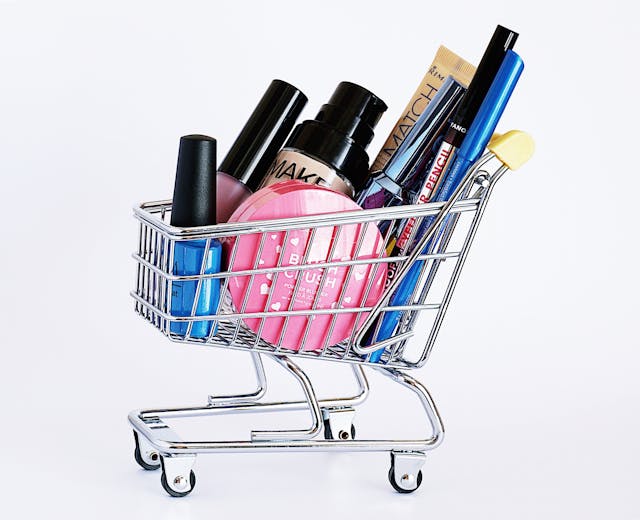
The history of makeup is rich and varied, reflecting the evolving standards of beauty, societal norms, and technological advancements. From ancient rituals to contemporary artistry, makeup continues to play a significant role in how we express ourselves. As we move forward, it will be exciting to see how this ever-evolving art form adapts to cultural shifts and innovations. Whether used for self-expression, empowerment, or simply for fun, makeup remains a powerful tool that connects us to our past and shapes our future.
















